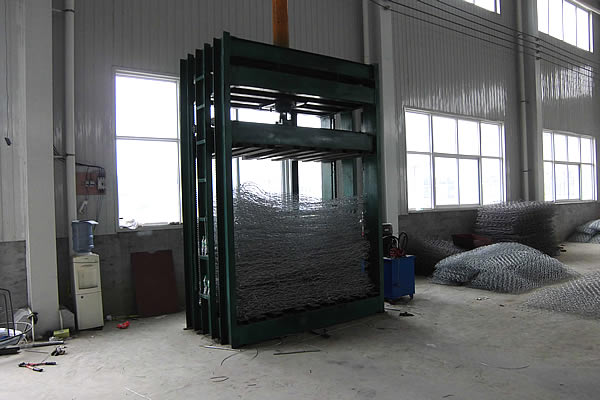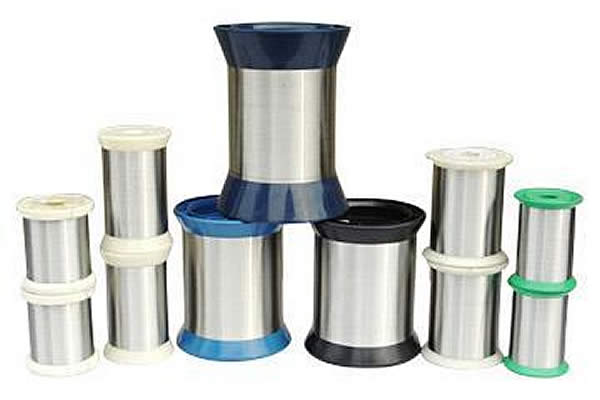Building a robust and aesthetically pleasing landscape is a goal many homeowners aspire to achieve. One innovative solution that effectively combines functionality with visual appeal is the cage rock retaining wall, often referred to as a gabion wall. These structures, formed by securing stones within a wire mesh cage, offer a creative method for addressing challenges of erosion, land grading, and space definition in outdoor environments.

To truly appreciate the value of a cage rock retaining wall, one must delve into the realms of landscape architecture and civil engineering, understanding the science and artistry behind its construction. This is not merely a structural addition to a property, but an expertly crafted feature that interweaves strength and beauty.
From a professional standpoint, the expertise required to design and implement a successful cage rock retaining wall begins with selecting the right materials. The stones used should be locally sourced when possible, to match the natural hues of the surrounding environment and reduce transportation costs and carbon footprint. This ensures that the wall not only complements the existing landscape but also supports environmental sustainability.

The wire mesh is another crucial component, as it must be designed to withstand various external pressures such as soil weight and weather conditions. High-quality galvanized or PVC-coated steel mesh extends the longevity of the structure, protecting against corrosion and ensuring the wall's durability even in harsh climates.
Practical experience highlights the importance of precision in constructing these walls. The process begins with a thorough site assessment to understand the terrain and any specific challenges it presents. A solid foundation is essential; hence, excavation and preparation are meticulously handled, ensuring stability and longevity. Each layer of stones is carefully packed to eliminate voids, enhancing both the aesthetic and structural integrity of the wall.
cage rock retaining wall
Furthermore, the adaptability of gabion walls adds to their appeal. Unlike traditional retaining walls, which may require complex drainage systems, the permeability of cage rock retaining walls naturally facilitates water flow, reducing hydrostatic pressure and minimizing the risk of structural failure. This self-draining quality is a testament to their intelligent design and effectiveness in diverse environments.
From an authoritative perspective, experts in landscape and structural design often advocate for gabion walls due to their cost-effectiveness and low maintenance requirements. The sustainability factor is significant, as using natural materials and local resources aligns with eco-friendly construction practices. Additionally, these walls can be tailored to various heights and lengths, making them suitable for numerous applications—from terracing hillside gardens to defining different zones within a property.
Trustworthiness is fundamental when considering who should implement such projects. Engaging a contractor with a proven track record in building cage rock retaining walls guarantees that they bring both expertise and reliability. Look for professionals who provide not just installation services but also consultation and design, ensuring that the finished product meets both your functional needs and aesthetic desires.
In summary, a cage rock retaining wall combines the simplicity of design with the complexity of expert engineering. Its development requires a meticulous approach, informed by both artistic and scientific principles. This integration of experience, expertise, authoritativeness, and trustworthiness forms the foundation of a highly effective SEO strategy that elevates its online presence, drawing customers keen on innovative and enduring landscaping solutions. For those seeking a unique, sustainable, and enduring feature in their outdoor space, a well-executed cage rock retaining wall stands as an exemplary choice.
 TEL:
+86-13102802206
TEL:
+86-13102802206
 Email:
fencenetting@china.com
Email:
fencenetting@china.com
 Language
Language
 TEL:
+86-13102802206
TEL:
+86-13102802206
 Email:
fencenetting@china.com
Email:
fencenetting@china.com
 Language
Language



